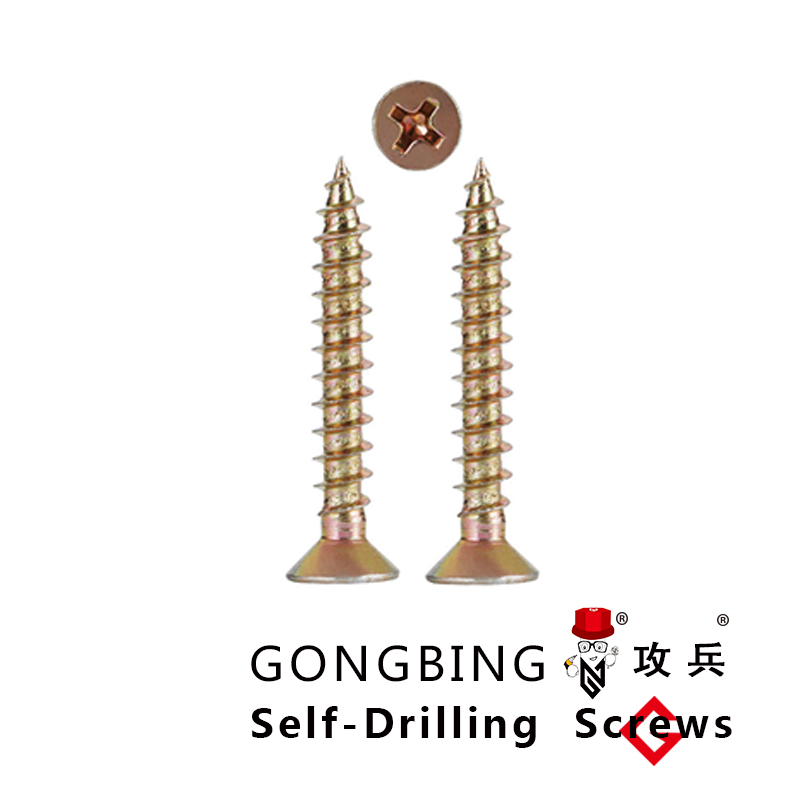Plastic Butterfly Wall Anchors for Secure and Easy Installation of Shelves and Decor
Understanding Butterfly Wall Anchors A Comprehensive Guide
When it comes to hanging objects on drywall or hollow walls, choosing the right type of wall anchor can make a significant difference in terms of stability and support. One of the most reliable options available is the butterfly wall anchor, also known as a toggle bolt. This article will explore the features, benefits, and installation process of plastic butterfly wall anchors, shedding light on why they are a preferred choice for many DIY enthusiasts and professionals alike.
What is a Butterfly Wall Anchor?
A butterfly wall anchor is designed to provide strong support for heavy objects in drywall, plaster, or hollow blocks. Constructed with a plastic body and metal wings, the anchor operates using a toggle mechanism. When the anchor is inserted into the wall, the wings open up behind the wall surface, effectively distributing the weight across a larger area. This design allows it to hold significantly more weight than standard plastic anchors or screws alone.
The Advantages of Using Plastic Butterfly Wall Anchors
1. Strength and Stability The primary advantage of a butterfly wall anchor is its ability to support heavy loads. Suitable for hanging items such as shelves, cabinets, and artwork, these anchors can generally hold between 30 to 50 pounds, depending on the size and type of anchor used.
2. Versatility Butterfly wall anchors are versatile and can be used in various applications, including mounting televisions, mirrors, and heavy picture frames. Their ability to anchor into hollow walls makes them an indispensable tool for numerous home improvement projects.
3. Easy Installation Installing a plastic butterfly wall anchor is a straightforward process. Most kits come with everything you need, including anchors and screws. With the right tools, you can complete the installation in minutes, making it an ideal choice for DIY projects.
4. Minimal Wall Damage Unlike other heavy-duty fasteners, butterfly anchors do minimal damage to wall surfaces. When removed, they leave behind only small holes, which can easily be patched up if needed.
5. Low Cost Butterfly wall anchors are typically inexpensive, making them accessible for budget-conscious homeowners and renters. This affordability allows for extensive use without breaking the bank.
butterfly wall anchor plastic

Installation Process
Installing a plastic butterfly wall anchor requires just a few tools a drill or screwdriver, a pencil, and a level. Here’s a step-by-step guide to help you through the installation
1. Identify the Location Determine where you want to install your fixture and check for any electrical or plumbing lines behind the wall.
2. Drill a Hole Use a drill bit to create a hole that matches the size of the anchor. Typically, a 1/2-inch hole works well for most butterfly anchors.
3. Insert the Anchor Fold the wings of the butterfly anchor and push it through the hole in the wall. Once fully inside, the wings will open up behind the wall.
4. Tighten the Screw Insert the screw into the butterfly anchor and tighten it until the anchor is secure against the wall. Ensure to keep the object level as you tighten.
5. Test the Installation Once secured, gently test the fixture to ensure it is stable before hanging heavier items.
Conclusion
Plastic butterfly wall anchors provide a strong, reliable, and user-friendly solution for mounting heavy items to walls. They offer excellent weight distribution, easy installation, and versatility, making them an essential tool for anyone looking to enhance their living space. Whether you are a seasoned DIY warrior or a beginner, understanding the advantages and installation techniques of butterfly wall anchors can empower you to take on your next home improvement project with confidence.
-
Weatherproof Plastic Expansion Anchors for OutdoorNewsJun.06,2025
-
Sustainability in the Supply Chain: Eco-Friendly TEK Screws ProductionNewsJun.06,2025
-
Load-Bearing Capacity of External Insulation FixingsNewsJun.06,2025
-
Double Head Bolts: Enhancing Efficiency in Industrial MachineryNewsJun.06,2025
-
Corrosion Resistance in Chipboard Screws: Coatings for Wholesale DurabilityNewsJun.06,2025
-
Butterfly Toggle Bolts : Enhancing Structural ResilienceNewsJun.06,2025
